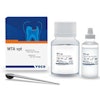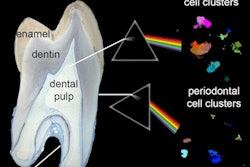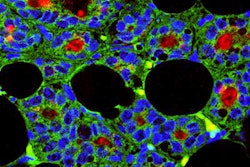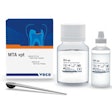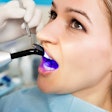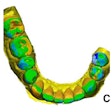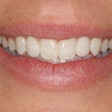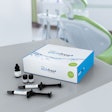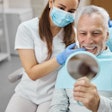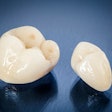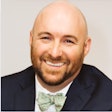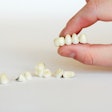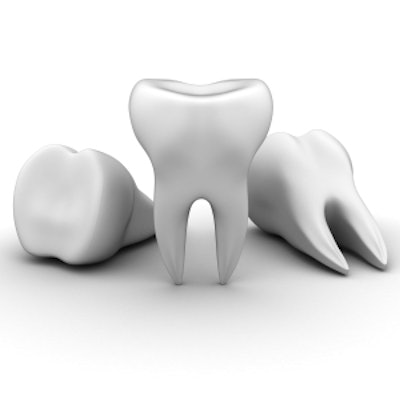
Researchers have discovered a new population of stem cells that holds the possibility of innovative treatment solutions for tooth decay, caries, and trauma in the future.
A group of international researchers uncovered a host of mesenchymal stem cells that become activated through the molecular gene DLK1, according to a study published in Nature Communications (August 9, 2019). These cells make up skeletal tissues and contribute to the formation of dentin.
Mice and other rodents have incisors that are continually growing and regenerating, so studying this process may be a way to gain insight into regenerative medicine and may lead to new treatments for patients, according to the authors. In these mammals, as a tooth gets filed down, a group of stem cells helps the tooth regenerate and regrow.
The researchers discovered that stem cells become activated through a specific gene, known as DLK1. The stem cells send a signal back to the tissue's so-called mother cells, helping to manage the number of new cells produced.
This means that the DLK1 gene increases stem cell activation and tissue regeneration, which suggests that the mechanism could be a practical method for restoring damaged teeth, according to the researchers.
The animal model findings are promising and show great potential in the field of regenerative medicine, but additional studies must be completed before this mechanism becomes a viable option for clinical use in humans, the study authors noted.
To begin to see if their discovery had practical applications in human patients, the researchers looked at two independent primary human tooth pulp cell lines. They reported what they called strong DLK1 expression in these pulp cell lines, suggesting that the gene may have an essential role in pulp repair and regeneration.
The researchers concluded that their discovery could be a pivotal step in understanding how these cells regenerate.
"By uncovering both the new stem cells that make the main body of a tooth and establishing their vital use of DLK1 in regenerating the tissue, we have taken major steps in understanding stem cell regeneration," stated lead author Bing Hu, DDS, MD, PhD, in a University of Plymouth press release. Dr. Hu is an associate professor in the department of oral and dental health research at the university's Peninsula Dental School in the U.K.

